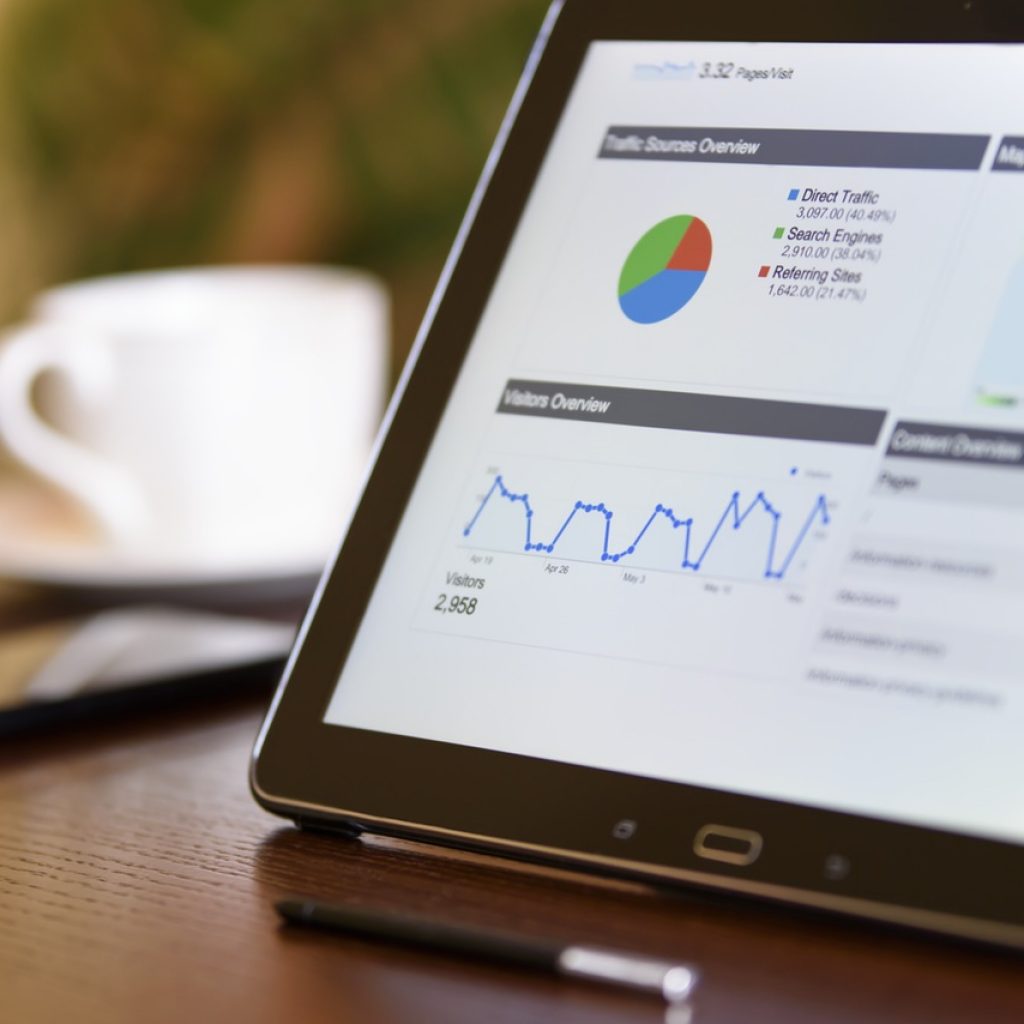Increasing traffic to a website is a common goal among digital marketers; detailed strategies and tactics are created with the intention of attracting new visitors. After all, more web traffic means more exposure; and more exposure will result in higher sales, right? Unfortunately, many marketers fail to realize that exposure is only half the battle. The other half is convincing those web visitors to stay while converting them into loyal customers.
If people are clicking to your website and then immediately clicking off, your efforts are counter productive. If visitors are not exploring your beautifully designed website and learning about how you can help them, then their customer journey ends when they navigate away from your site. If you don’t want to lose potential customers, you should be monitoring your website’s bounce rate.
What is Bounce Rate?
According to Google, bounce rate is “the percentage of single-page sessions.” In simple terms, bounce rate is the number of website visitors that navigate away from your website without clicking through to any other page. Since you want those visitors to stay on your site, you should evaluate which pages have the highest bounce rate on Google Analytics to make improvements to those pages.
Lets take a look at four factors that can affect your website’s bounce rate.
1. Site Speed
No one likes a slow website, especially Google. Back in 2010, Google announced that site speed was a high-ranking factor. You only get one chance to make a first impression, and a slow loading time does not paint a positive image. Technology has made people impatient; they want results and answers quick!
Ideally, your website should take no more than 5 seconds to load. Any longer and a visitor will leave and will most likely never return to your site again. Quick site speed will result in a greater chance that visitors will stay on your site for as long as possible.
2. Website Usability
Is your website responsive? More importantly, can your visitors view your website from their Smartphone or tablet? The way visitors are able to view and digest the content on your website is very important if you want to reduce your bounce rate.
Technology has changed our search and purchasing habits. In 2015, Google announced that mobile inquiries had finally surpassed desktop search and will continue to grow from there. If visitors have difficulty viewing your website on mobile devices, they will be less likely to return in the future.
3. Website Navigation
Have you ever gone to the grocery store and been unable to locate an item? Or have you ever given up and then later found the item in another aisle of the store – an aisle that did not make sense? Remember how frustrated you felt?
The same can be said about your website. If your site has poor and confusing navigation, visitors may become frustrated when they can’t find the information they desire – resulting in them leaving your website.
Visitors are looking for answers to their problems, and they want to find those answers quickly. When creating your website, be sure that there is clear navigation and no misleading page titles. Doing so will provide your visitors with increased satisfaction, hopefully reducing your bounce rate.
4. Website Content
We’ve all heard the golden rule: “Content is King.” You can have a beautifully designed website, but if your content does not provide the value that visitors are looking for, you can only expect bounce rates to rise because they will leave and not return.
It’s important that you are constantly adding fresh content that is relevant and resonates with visitors who are coming to your website, thereby giving them a reason to stay on your site. Try interlinking pages together to keep your visitors on your website so that you can show them all of the valuable resources that you can provide them.
Is a high Bounce Rate bad?
You may find yourself asking what the ideal bounce rate for each of your web pages should be. While different experts may give you different numbers, most marketers generally agree that:
- Horrible – 80% to 100%
- Bad – 55% to 80%
- Good – 26% to 40%
- Ideal – 0% – 25%
But sometimes a high bounce rate isn’t always bad! Bounce rate should be examined on a case-by-case base to determine if the bounce rate is ideal. You should be counting the number of conversions that take place on these pages.
For example, landing pages tend to have very high bounce rates because a contact form or downloadable offer is present on these pages. Brands want visitors to fill out their information and download their offers because they are able to obtain valuable information like emails, which they can add to their lists.
While it is certainly nice if the visitor explores other pages on the website, if they fill out the contact form, the conversion is met and the high bounce rate doesn’t necessarily have a huge impact. For more information on bounce rates, reach out to the experts at Premiere Creative or give us a call at (973) 346-8100.

